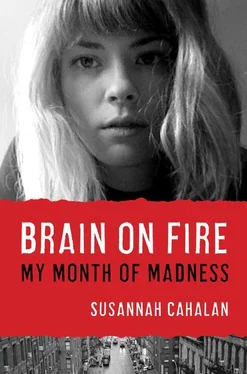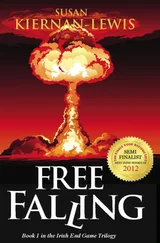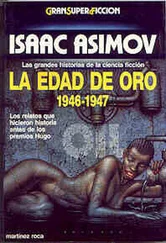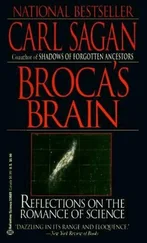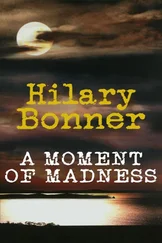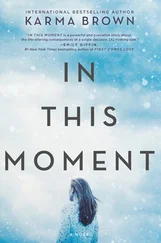CHAPTER 53
THE PURPLE LADY
Nearly two years after my release from the epilepsy floor at New York University Langone Medical Center, I return for a visit.
I walk up First Avenue toward the purple NYU sign that hangs on the massive gray hospital building in the distance. I press against the sluggish revolving door, made to move slowly to accommodate those in wheelchairs, which opens up into the hospital’s modern lobby. Doctors in white lab coats walk briskly past patients and various drug salesmen who look like aged frat boys. Somber visitors holding plastic “Patient’s Belongings” bags disappear into the background. Automatic Purell hand sanitizer dispensers dot the entranceways. I walk past the admitting station where I had my seizure, though all I can remember from that day is the hot cappuccino I’d bought moments before I was admitted.
I get on an elevator that takes me to the twelfth floor. My thoughts wander to my parents and Stephen, who took this very trip several times a day for a month. Incredible.
Strangely, though, everything looks unfamiliar. None of the nurses recognize me. I walk through the corridor and past the nurses’ station. No one looks up. A man sprawled out on the hallway floor is making a gurgling sound. The nurses behind the station run past me toward him. I follow behind them. The older man thrashes, emitting primitive guttural grunts. A team of nurses holds him down as a security guard lifts him onto a gurney. The man’s gown is open below his belly button. I turn away from the sight. A nurse in green scrubs walks by me.
“Is this the epilepsy unit?” I ask her.
“No. You’ve got the wrong floor. This is the east wing. Epilepsy is on the west wing, same floor.” Well, at least this time it wasn’t my memory playing tricks on me.
I return to the lobby and take another elevator up, but again find, to my disappointment, that nothing looks familiar. Then the smell hits me: a combination of alcohol-soaked cotton swabs with a sweet muskiness. This is the place; it has to be. Then I see her. The purple lady. She stares at me. But this time it’s not with horror or pity or fear. In her eyes I’m a normal, healthy person, just someone whose face she is struggling to place.
I smile. “Do you remember me?” I ask.
“I’m not sure,” she admits. There’s that same Jamaican accent. “What’s your name?”
“Susannah Cahalan.”
Her eyes widen. “Oh, yes, I remember you. I do remember you.” She smiles. “I’m sure it’s you, but you look so different. You look all better.”
Before I know it, we’re embracing. The scent of her body is like Purell. Images flood through my mind’s eye: my father feeding me oatmeal, my mom wringing her hands and looking nervously out of the window, Stephen arriving with that leather briefcase. I should be crying, but I smile instead.
The purple lady kisses me softly on the cheek.
Of course, it’s been said before: I could never have done this without all of you. But I believe that, in my case, this cliché rings true. I can say, in all honesty, that without the incredible people who make up my life, I would not be here right now writing these words.
I am forever grateful for the love and support provided to me by the fighters, my family: my mother, my father, Stephen, and James. Thank you also to my extended family: Allen Goldman, Giselle Cahalan, Hannah Green, Len Green, and Ana Coelho, who never lost sight of me, even during my darkest hours. And to Stephen’s “Good Turkey” kin and his parents John Grywalski and Jane O’Malley for raising such a remarkable son. You all are my rocks. I continue to thrive because of you.
How do I thank my brilliant and selfless Drs. House: Dr. Souhel Najjar and Dr. Josep Dalmau? I’ll keep it simple: thank you for saving my life. And, if that wasn’t enough, thank you both for contributing so much of your precious time to this project, for explaining the vagaries of our brains and immune systems, and for vetting the manuscript. Thank you also to the New York University Langone Medical Center, specifically Dr. Sabrina Khan, Dr. Jung Hwan Ahn, Dr. Jeffery Friedman, Dr. Werner Doyle, Karen Gendal, Tamara Ricaforte, Laura Dumbrava, Dr. Hilary Bertisch, nurse Steve Schoenberg, Dr. Orrin Devinsky, Dorie Klissas, and Craig Andrews. As my parents said in their note: “I cannot think of more meaningful work than what you do every day.”
Then there’s the whole lonely and terrifying business of sitting down and writing a book. I am so fortunate to have the superagent duo of Larry Weissman and Sascha Alper representing me. They believed in me from moment one, and continued to guide me through the difficult process of writing. Along the way you both have come to mean more to me than mere business associate: you’re family.
Thank you to Free Press, a publishing house that has become a home to me over the past two years. To the immensely gifted Hilary Redmon, who selected and edited my manuscript: thank you for seeing that special something in my story, loving the science as much as I do, and kneading the story into a narrative. Then there’s the exceptional Millicent Bennett, who through her deft editorial flourishes and probing questions took the book to the next level, making it sing in ways I could never have dreamed. Thank you also to publicists Jill Siegel and Carisa Hays for their belief in the importance of my story and to Chloe Perkins, who put in a lot of late nights making this a better book. Thank you to the whole Free Press team: Suzanne Donahue, Nicole Judge, Paul O’Halloran, Edith Lewis, Beverly Miller, Claire Kelley, Alanna Ramirez, Sydney Tanigawa, Laura Tatham, Kevin McCahill, Brittany Dulac, Kelly Roberts, and Erin Reback. And, finally, to Dominick Anfuso and Martha Levin for putting such faith in me and creating such an amazingly supportive place for writers.
To my dazzling illustrator Morgan Schweitzer: you got it instantly, and your illustrations breathe such life into my work. My appreciation to the virtuosic Meehan Crist, who not only helped me get a grasp on the complexities, but also guided me toward finding my voice.
Thank you to the patient and helpful experts: Dr. Rita Balice-Gordon at the University of Pennsylvania, who has a special knack for explaining abstractions; Dr. Chris Morrison at the New York University Medical Center, who was so crucial to my understanding of the brain’s “glitches”; Dr. Vincent Racaniello at Columbia University, who shared his knowledge of the awesomeness of viruses; Dr. Philip Harvey at the University of Miami, who showed me how my disease fits within the study of schizophrenia; Dr. Robert Lahita at Newark Beth Israel, who spent hours on the phone bantering about phagocytes; Dr. David Linden at Johns Hopkins University, who patiently explained to me the role of NMDA receptors in the brain; Dr. Joel Pachter at the University of Connecticut, who revealed how the blood-brain barrier works; and, finally, Dr. Henry Roediger III at Washington University in St. Louis and Dr. Elizabeth Loftus at the University of Washington, for explaining false-memory research.
I am grateful to the librarians of the library at the New York Academy of Medicine and at the New York Public Library, and to my fellow science writers at Columbia’s NeuWrite group who helped me accurately navigate through the more intricate scientific passages.
To the incredibly brave survivors and families who have so generously made me a part of their lives: Nesrin Shaheen and her daughter Sonia Gramcko; Emily, Bill, and Grace Gavigan; Sandra Reali; Cheryl, Tony, and Jayden Liuzza; Kiera Givens Echols; Angie McGowan; Donna Harris Zulauf; Annalisa Meier and her parents; and so many others.
Читать дальше
